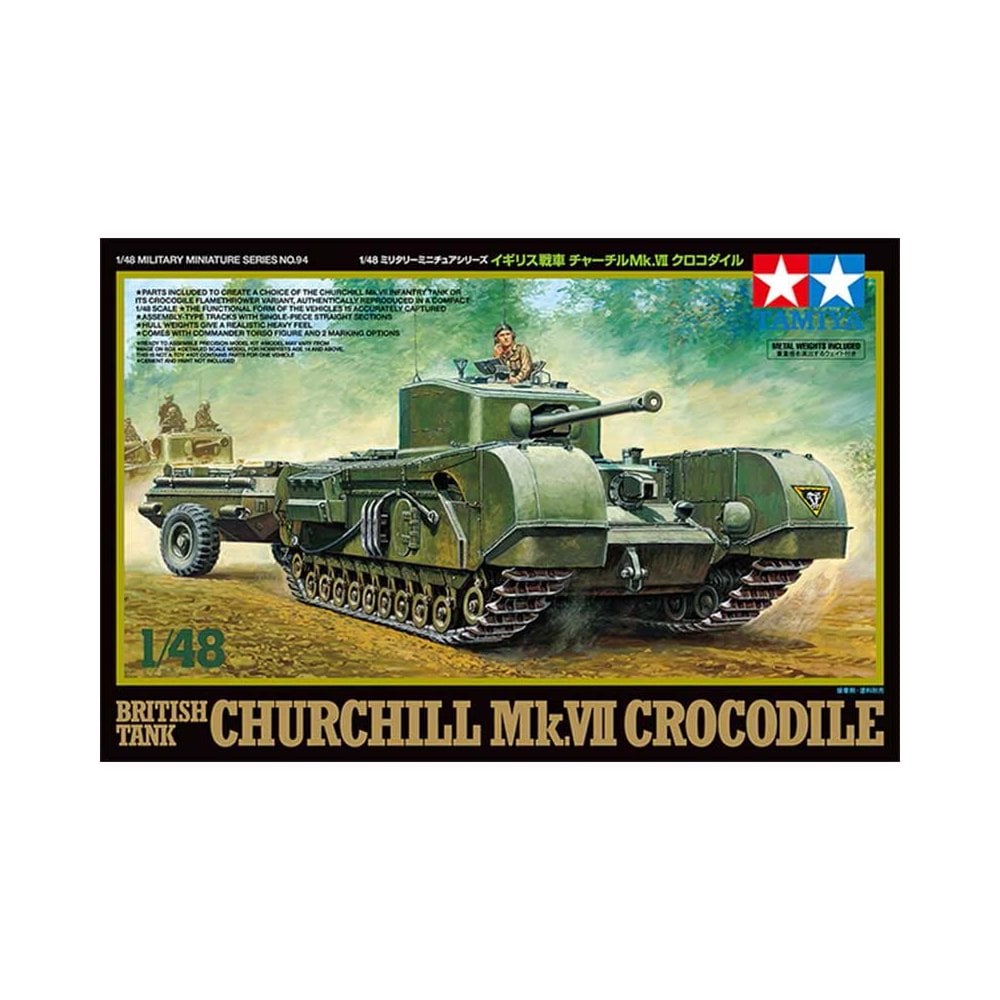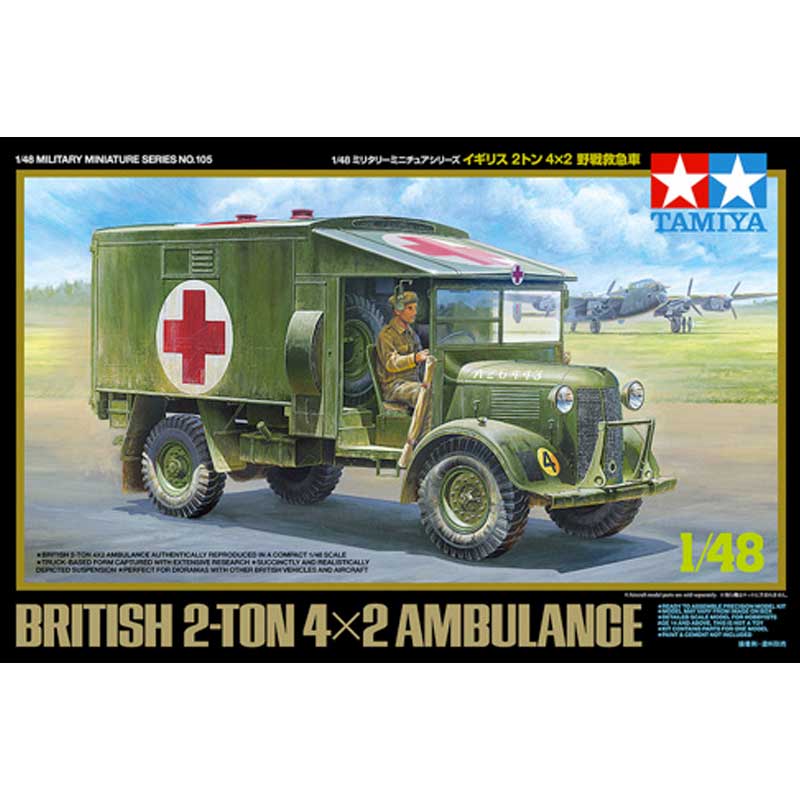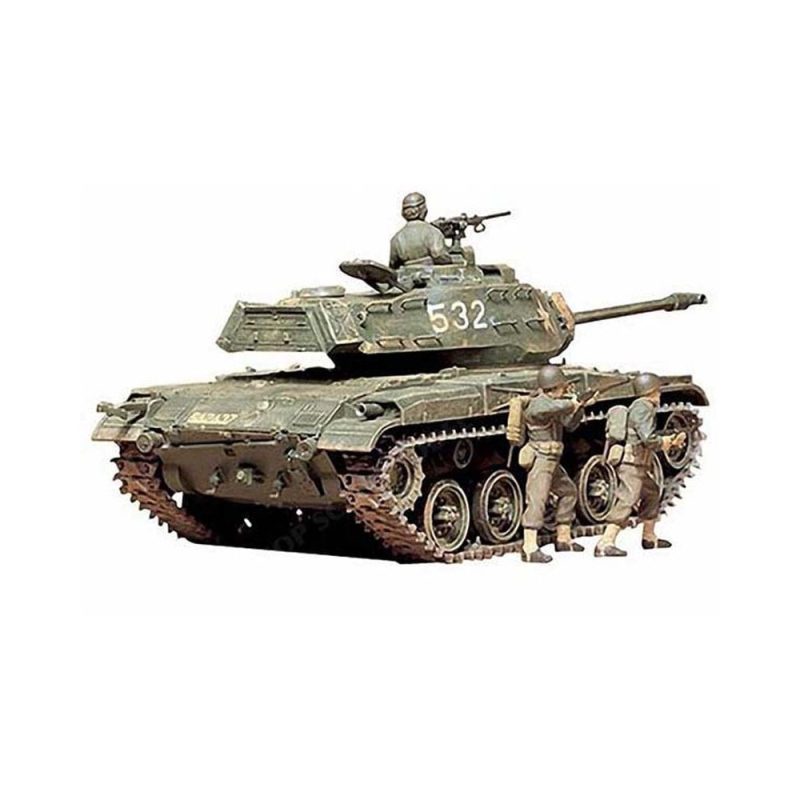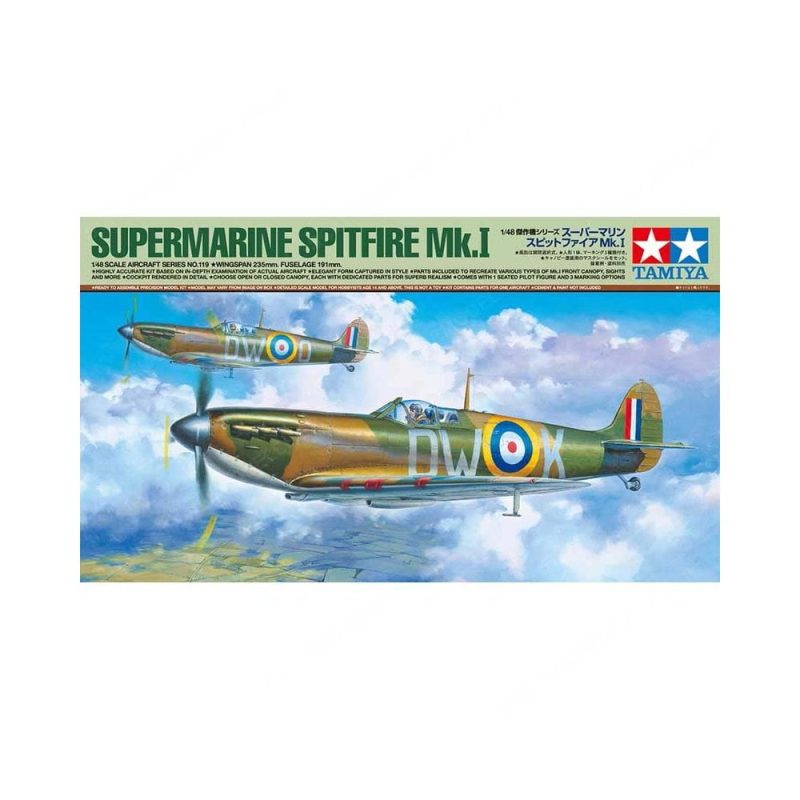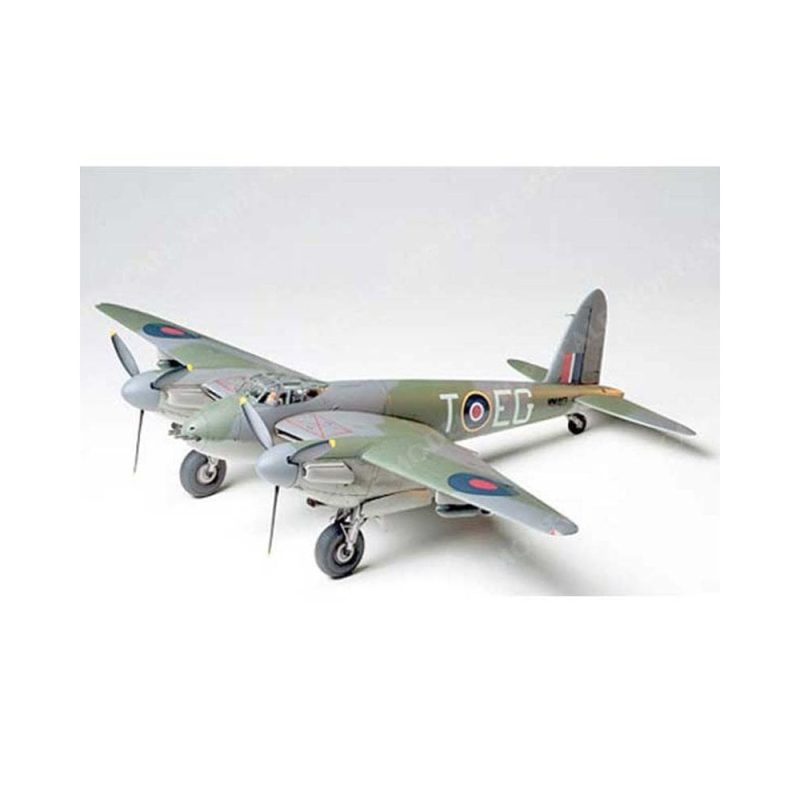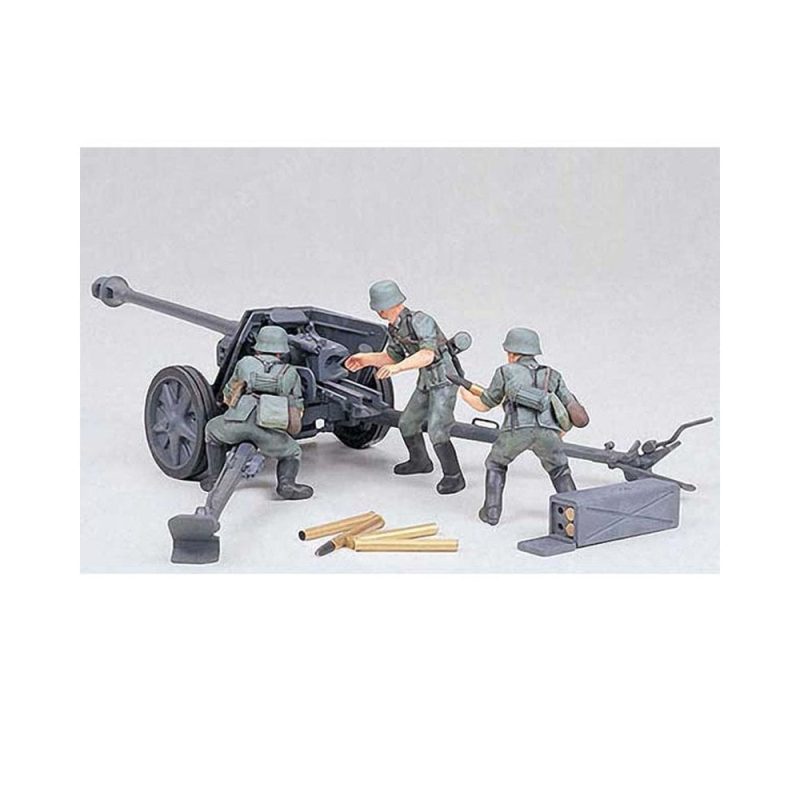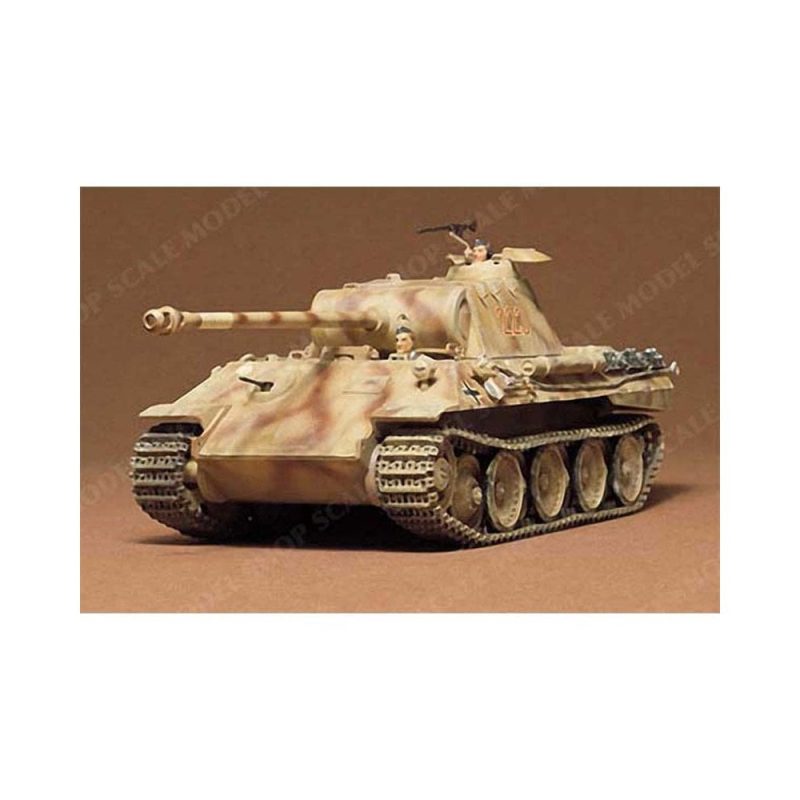Tamiya Military Model Kit
British Tank Churchill Mk.VII Crocodile (1/48) 32594
This 1/48 scale Tamiya kit faithfully recreates the Churchill Mk.VII Crocodile, one of Britain’s most unique and feared armoured vehicles of WWII. Known for its heavy armour, powerful 75mm main gun, and devastating flamethrower, the Crocodile was a specialised assault tank designed for clearing bunkers, strongpoints, and entrenched positions.
- Highly detailed Churchill Mk.VII Crocodile in 1/48 scale.
- Includes flame projector, armoured fuel trailer, and towing assembly.
- Accurately replicated armour and surface detail.
- Perfect for dioramas depicting the Normandy campaign and beyond.
- Historical accuracy based on extensive research and period references.
History: Developed under Major-General Percy Hobart as part of “Hobart’s Funnies,” the Crocodile entered service in 1944 in time for the Normandy invasion. Based on the Churchill Mk.VII infantry tank, it replaced the hull machine gun with a flamethrower capable of projecting burning fuel over 100 metres. Its armoured trailer carried fuel and compressed nitrogen propellant, allowing it to deliver both “wet” bursts and ignited streams of fire. The Crocodile proved highly effective in reducing enemy fortifications, instilling fear wherever it appeared, and served in Northwest Europe through to the end of WWII.

